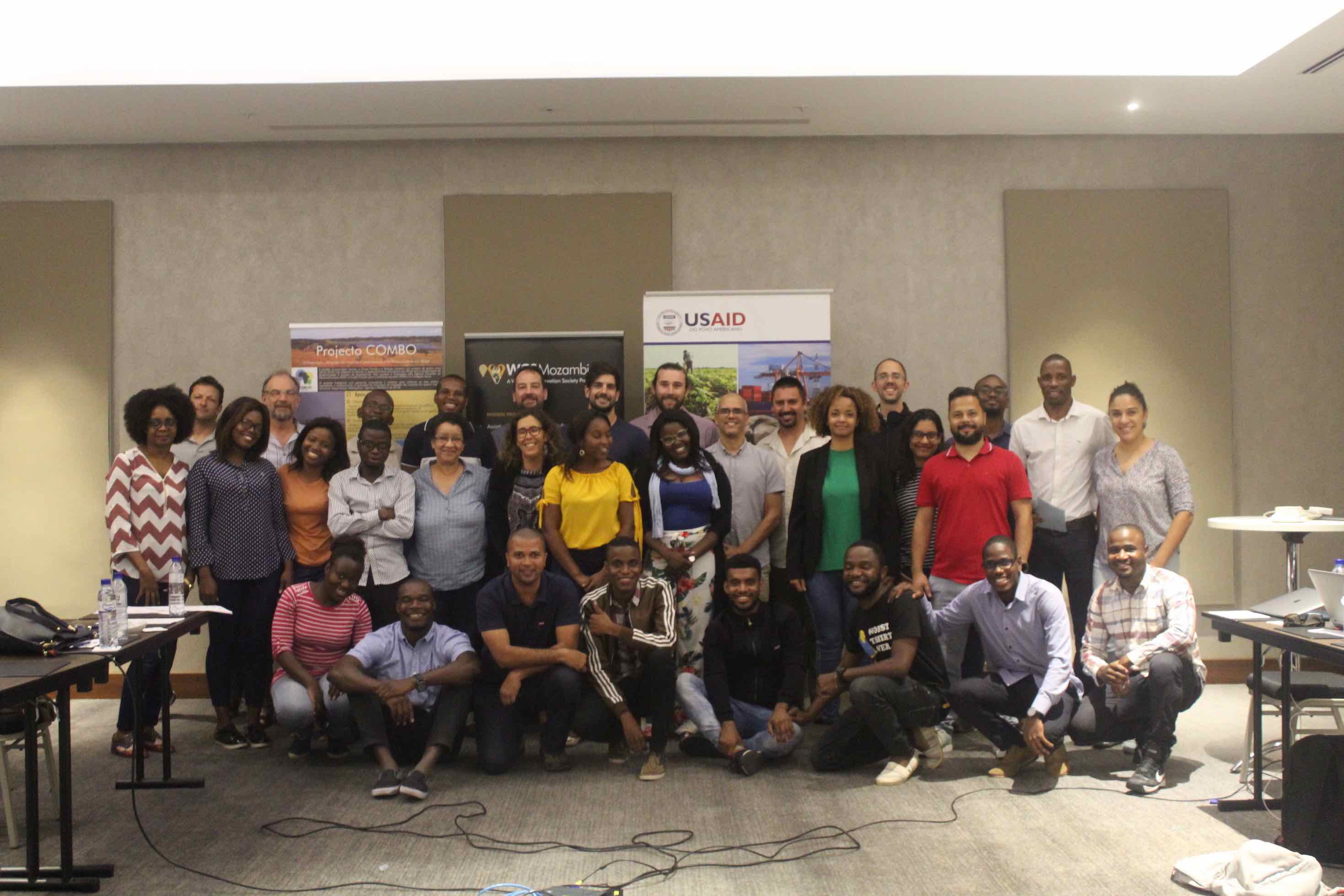Key Biodiversity Areas (KBAs) are sites that contribute significantly to the global persistence of biodiversity in terrestrial, freshwater, marine and subterranean systems, and these are identified using the KBA Global Standard (IUCN, 2016).
In September 2016, several of the world’s leading nature conservation organizations, including the Wildlife Conservation Society (WCS), launched the Key Biodiversity Areas (KBA) Partnership to implement the new KBA global standard, which significantly upgraded the previous KBA concept. There are currently 13 organizations in the KBA Partnership. The vision of the KBA Program is “a comprehensive network of sites that contribute significantly to the global persistence of biodiversity is appropriately identified, correctly documented, effectively managed, sufficiently resourced and adequately safeguarded”.
As one of the members of the KBA partnership, WCS has been raising funds to identify KBAs across in its focal regions. WCS already led a KBA identification project in Uganda and is currently doing similar work in Canada, Myanmar and Mozambique. It is also implementing additional KBA related activities in Belize, Bolivia, Cambodia, Ethiopia, Guatemala, Solomon Islands and Tanzania.
Specifically, in Mozambique, together with the Government and several partners, WCS is implementing the project "Red List of Threatened Species, Ecosystems, Identification and Mapping of Key Biodiversity Areas (KBAs) in Mozambique" funded by SPEED+, a USAID Program, which started in February 2019. It has the following objectives: i) creating a National Platform for engaging with the government on IUCN Red List of Species, Ecosystems and Key Biodiversity Areas, informing spatial planning and decision-making, ii) conduct global red list assessments for endemic and near endemic animal species, iii) identify and map KBAs according to IUCN’s 2016 Global Standards, and iv) create the national capacity to identify, avoid and mitigate impacts on priority biodiversity (threatened species and KBAs).
With over 100 national, regional and international specialists contributing to the project, WCS is leading the initiative. The project has resulted in the establishment of a Mozambique KBA National Coordination Group comprised of almost 30 institutions, many from the Government, including the National Directorate of Environment, which chairs the group. This national platform coordinates the identification, documenting and outlining of KBAs in Mozambique, supporting plans and activities for the conservation, management and protection of KBAs, as well for threatened species and ecosystems.
Three workshops have already been undertaken by the project. The first was held in May 2019 where 40 national specialists were trained on the KBA standards and technical guidelines application. The training was led by Dr. Andy Plumptre, the head of the KBA Secretariat. In June, the project team organized a Red Listing species workshop, where over thirty specialists applied the Red Listing criteria to 75 Mozambican endemic or near endemic species of butterflies, freshwater fish, amphibians and reptiles. A total of 35 of these species were preliminary assessed as threatened. The results are currently being reviewed by IUCN, according to the standard procedures. These results can support the Government on identifying a list of potential species to be protected.
The last workshop took place on the 14 and 15 November 2019, in Maputo. Attended by 60 national and international participants, representing different sectors involved in the project (Government institutions, academia, donors, NGOs, consultants and developers). It resulted in the delineation of 42 potential KBAs in Mozambique, of which 6 are marine and 2 are exclusively freshwater. The specialists, divided into four working groups corresponding to different geographies within the country (northern, central, southern and marine), were supported by WCS’s Conservation Planning unit supporting the assessment of data that were collected and analysed by the project team for the past 8 months. The KBA criteria were applied to plants, insects, freshwater fish, amphibians, reptiles, birds, mammals and marine biodiversity. Ecosystems will also be considered as an historical ecosystem map is being developed for the country and a red listing of ecosystems exercise will be implemented.

The final validation workshop will take place in March 2020, and until then it is expected that the results achieved so far will be improved and more areas are identified. The closure of the project will be on May 2020.
This project is included within WCS’s efforts to support several African countries to reconcile economic development and biodiversity conservation (see COMBO Project), by improving policy, legislation, technical guidelines and creating the national capacity to identify, avoid, minimize, restore and offset impacts of development projects on priority biodiversity. It is expected that the application of the KBAs Global Standard in Mozambique will have a major impact on improving the country’s biodiversity conservation policy framework, by providing spatially explicit information, identifying areas of high biodiversity priority which can be used to guide and minimize the impact of key infrastructure and economic developments defined in the Government’s plans.
In Mozambique, WCS has a Memorandum of Understanding with the Government, and efforts are being made so that KBAs are integrated as avoidance areas in the spatial plans that are currently under development in the country (territorial development plan and marine spatial plan). Finally, it is expected that the information and areas identified with this project will contribute to the effective implementation of the National Biodiversity Strategy and Action Plan (NBSAP) required by the Convention of Biological Diversity (CBD), and will assist Mozambique with its engagement with the CBD CoP in October 2020 (where the post-2020 biodiversity targets will be adopted).
Hugo Costa (WCS Project Director in Mozambique)